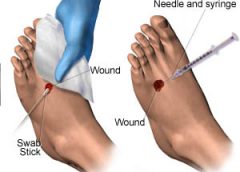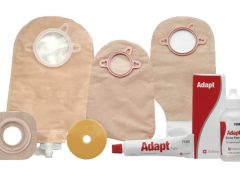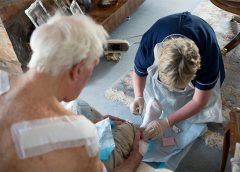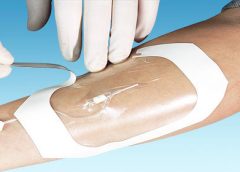Aresolution is a serious decision or determination to do, or not to do, something. Traditionally, most New Year’s resolutions focus on self-improvement: losing weight, giving up a bad habit, exercising more, being a better person. Because most of us spend about half of our waking lives at work, perhaps our work lives should be the subject
of some of our resolutions. Here are a few work-related resolutions I’ve come up with: (more…)
Read More




